Classic Callback: FINAL FANTASY X
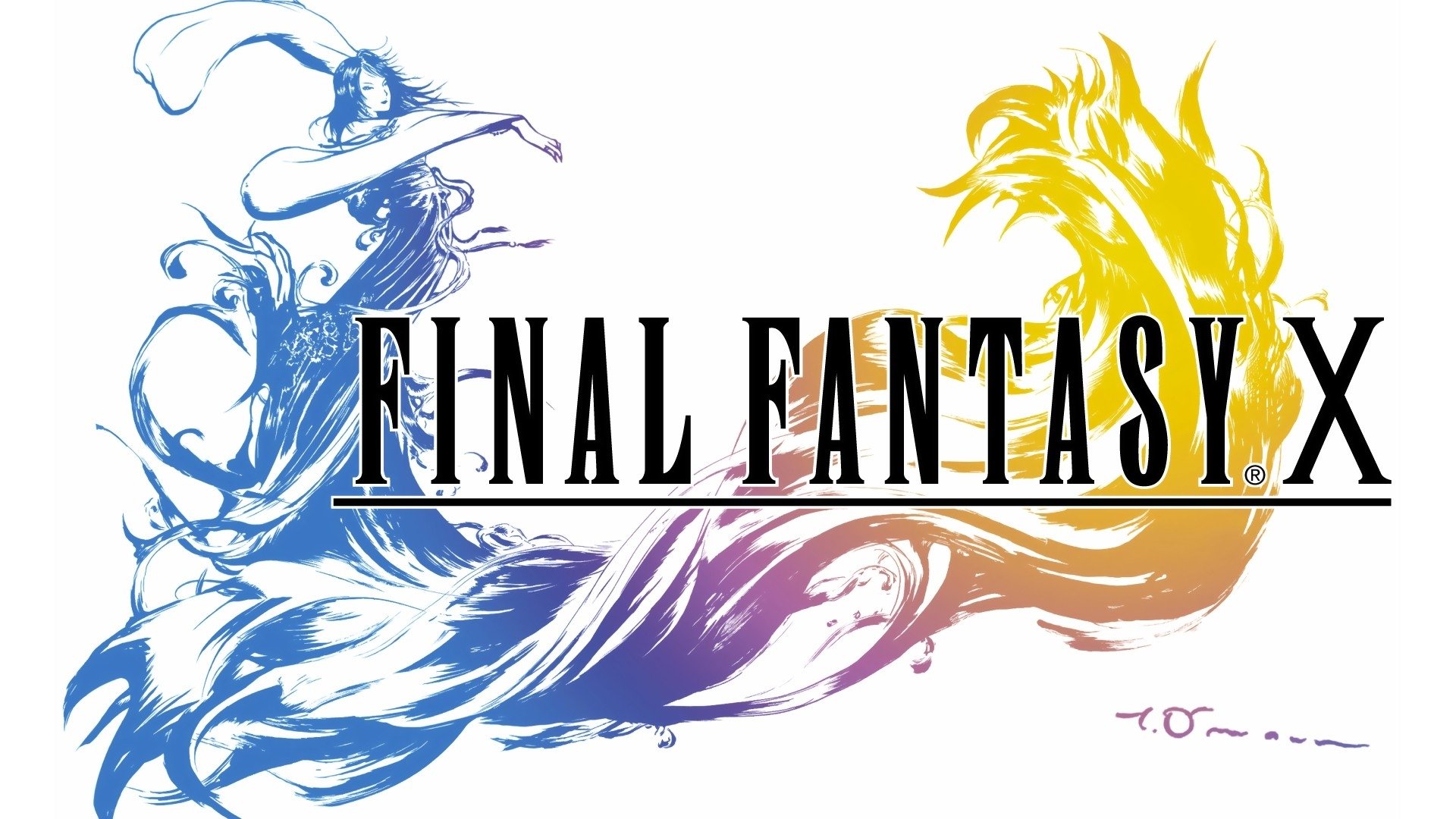
Final Fantasy: developer Square Enix’s titanic flagship of a franchise. A franchise that is currently in the midst of celebrating its 30th anniversary. A franchise that, in essence, is the result of one poor schmuck’s last attempt at making it in the video game industry, who, as such, decided to dub his assumingly-final endeavor with fantastical elements “FINAL FANTASY.” Ironic, yes? And within its 30-year existence, the Final Fantasy brand has definitely made a name for itself, with currently 15 core games under its corpulence-stretched belt, and so many spinoffs and sequels in so many different genres and mediums that it’s a wonder how many of them are legitimate follow-ups and not the result of bootleg cash-grabbing. That being said, the franchise has maintained a (mostly) positive track record with its core games, and for the longest time has kept its high renown by staying accessible in its simple-yet-tactical, turn-based combat, and by creating memorable worlds that naturally blend science fiction and philosophy with the franchise’s focus on high fantasy.
The one that “started it all” for me, as a wistful, presumably-on-his-deathbed version of myself would say, was FINAL FANTASY X. A comparatively late addition to the franchise, the game debuted in 2001 on the PlayStation 2, and was deemed popular enough by the masses to be one of the highest-rated Final Fantasy games in the series and one of the best-selling titles of the PlayStation 2, warranting a sequel in 2003 and two separate remasters in 2013 and 2015. The game was not only my first foray into the franchise, but also my first exposure to the realm of RPGs as a whole, and the first game I ever played to completion. And as such, that obviously means that it’s also the best. So fuck you, FINAL FANTASY VII.
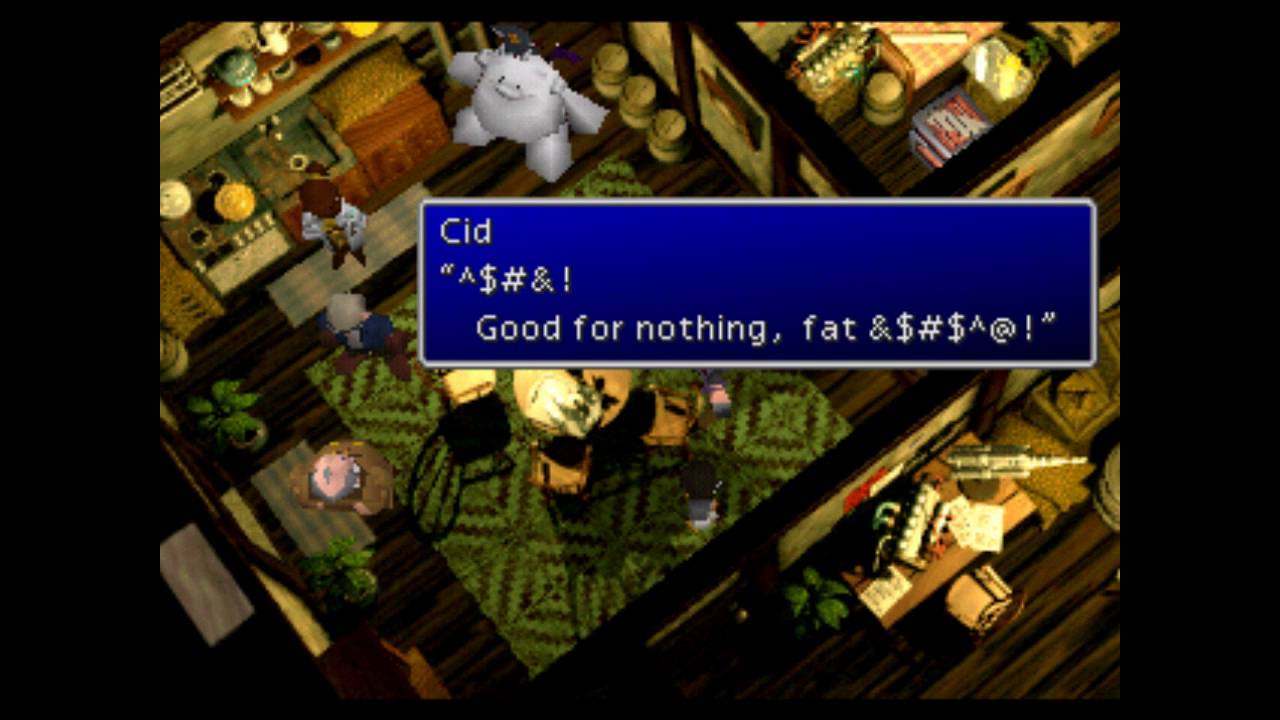
Cid seems to disagree
On the narrative side of things, FINAL FANTASY X, like most of the main games in the franchise, has its strongest elements associated with theme, engaging storytelling, and a rich sense of world-building. That being said, trying to condense a Final Fantasy game’s plot, let alone FINAL FANTASY X’s, into a bite-size and easy-to-process portion is like trying to fit The Dark Tower series into something the size of, say, GREEN EGGS AND HAM.
To grossly oversimplify, the story follows Tidus (the spunky, optimistic, and determined player-insert character), who is seemingly displaced through time and space by a god-like entity known as “Sin,” and gets transported to the world of Spira. Shortly thereafter, Tidus joins the company of Yuna, the young, soft-spoken female lead and her group of guardians, whose mission is to quell the destructive threat of Sin by performing a holy pilgrimage throughout the far reaches of Spira. From that point forward, the story follows Tidus and company as he attempts to venture through this new, foreign world, trying to figure out a way to return home, protect Yuna as a newly-appointed guardian during her pilgrimage, and put an end to the suffering Sin causes.
The main cast of FFX, and even a large amount of the supporting cast, get the full treatment when it comes to depth and personality. While some characters are definitely less liked than others (*cough* Tidus *cough*), each character gets some level of arc and emotional evolution, which lends itself to great support of the overarching themes this game provides. Mostly.
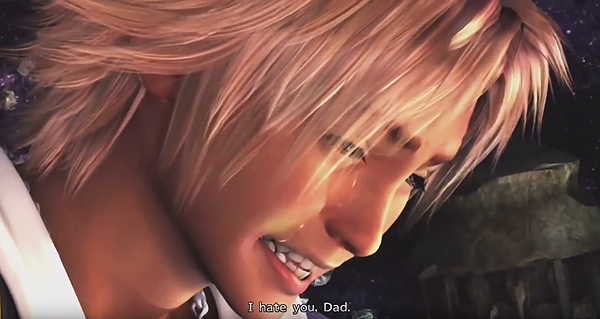
Pictured: Tidus’s entire character arc
Tidus jokes aside, FFX managed to do something I don’t really experience all too often in roleplaying games. That is to say, actually making me care about the stories all the characters have to tell (even these assholes). Not only about the characters’ motivations and how they cope with the destruction Sin causes, but also through each character’s relationship with family, religion, and mortality. Even the antagonists, who are typically just one step above “nihilistic misanthrope who wants to achieve god-like status” (if that) in Final Fantasy games, are given the time to be fleshed out the same manner as the protagonists that makes them feel like actual people. You get to experience each of the main and supporting cast’s character’s grief, despair, hope, joy, and everything in between throughout the game, be it through text, voices (the first use of them throughout the entire series), or cutscenes.
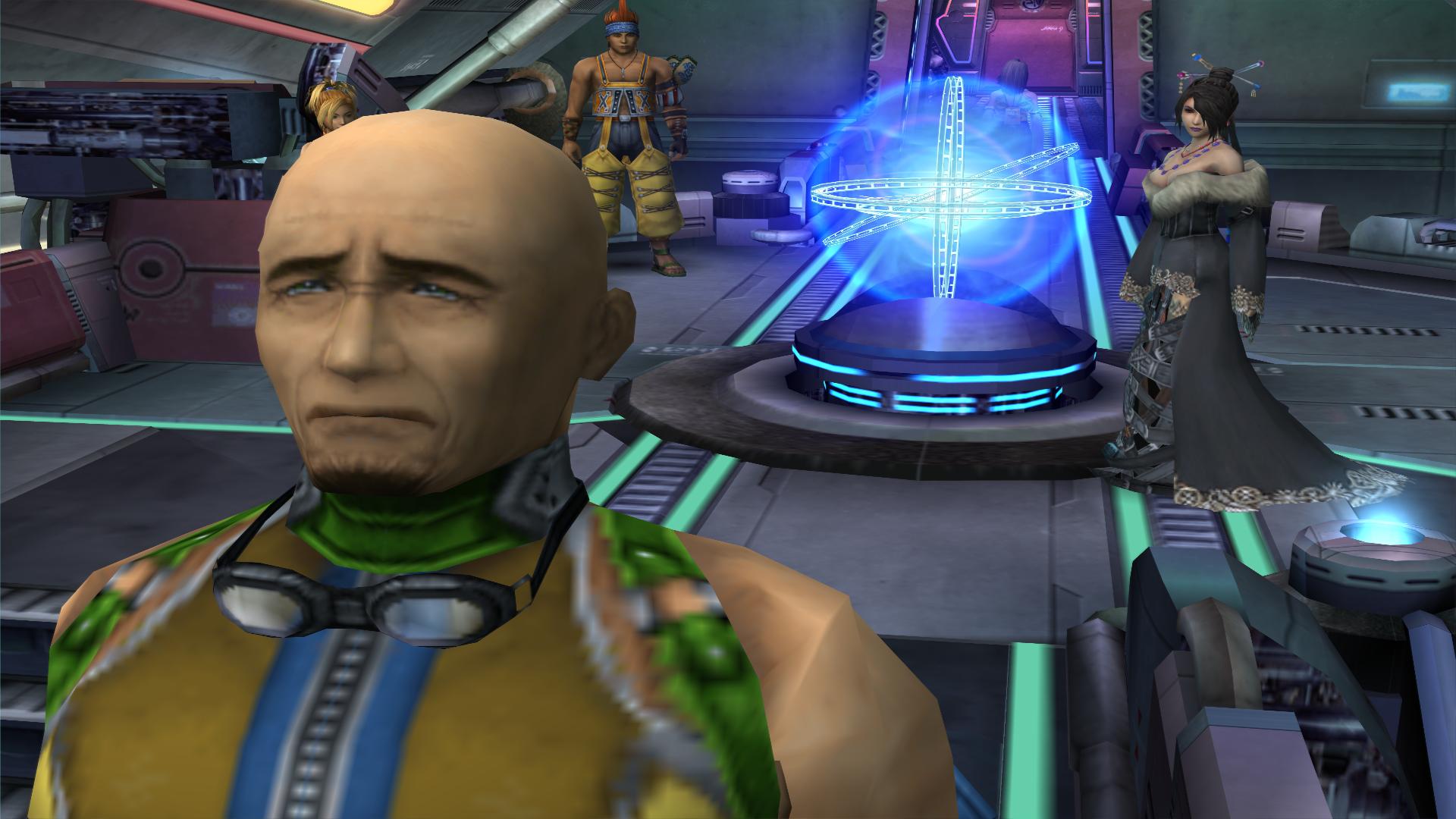
Just look at them sad, puppy-dog eyes
The world of Spira and the philosophy surrounding it is honestly one of the more intriguing aspects of FFX. This franchise has never been one to stray from the topic of religion, especially when it comes to an arguably “negative” view of the Western variety. And this game doesn’t dial it back for anything. So much so that the machinations of how religions and religious organizations work, and the use of faith in a nihilistic, suffering-fueled world are major focal points in the plot for this game. And at the risk of sounding like a pseudo-intellectual, picking at all the symbolism and the philosophy of a game this dense with it is one of the best parts of playing it.
Spira is, as one in-game character puts it, “a land of pain and sorrow, caught in a spiral of death.” Every character struggles with the omnipresent fear of Sin, some consumed by thoughts that the hope they have of Sin being extinguished is a false one, and some coming to grips with the fact that Sin may effectively destroy everything. And the only real distractions from all that pain and suffering is apparently either praying, or watching people play underwater rugby. And I love it.

Pictured: Coping with existential despair
Full disclosure here, combat in Final Fantasy games has never been as nuanced or as fluid as in other franchises, like Fire Emblem. As far as the combat goes, this game follows the tried-and-true method of combat of all previous FF titles before it, using turn-based combat to stave off the various beasties and baddies that you will clash with on your journey in the form of random encounters. However, there is significantly more strategy to be had in this game’s combat in comparison to its predecessors, with a key addition being the focus on party composition and turn-order. In prior Final Fantasy games, one could always resort to spamming the basic “Attack” option to whack things until they die, or resort to magic if an elemental enemy was present.
In FFX, battles gained a level of nuance. Combat is still ultimately a numbers game, but the basic slugfest quickly develops into being able to strategize what your characters are going to do well in advance, and getting to attack as many times as possible before the enemy gets a chance to. Unless you’re returning to an early-game area for some end-game shenanigans like sidequests, the enemies you fight are very capable of strategizing and kicking your team’s collective fantasy asses very fast; they hit hard, bog you down with debuffs and status effects, are smart enough to target characters that are a threat to their particular weaknesses, and presumably laugh at your incompetence as you die. And unlike earlier games in the franchise, or most in the genre, grinding for experience isn’t really a replacement for strategem.
The monsters and enemy factions you encounter will often have a particular party member who is especially adept at taking them out (can’t have the big, unwieldy greatsword wielder take out the sentient mass of elemental flan, can we? We need magic for that!), yet the character must also consider the order in which these creatures will attack and synergize with one another, consider how performing certain attacks will delay the monster from attacking or allow another character from your party will attack before the enemy, all while also being able manage and switch in different characters mid-battle. Tie this in with all the typical status effects, knowing which elements are strong against what, item management, and knowing when to use an Overdrive (basically a super-powered attack) to clear out deadly foes, and you have a very strategic and intellectually-rewarding approach to combat.
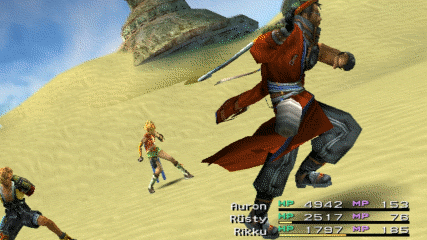
You, too, will eventually learn how to home-run a giant sand-worm
This game also has an interesting take on the typical Level-Up system associated with RPGs. Though confusing at first, the “Sphere Grid” leveling system offers a lot of versatility in the ways to build your character’s stats and abilities. While each character may have a starting “role” to fulfill, like Tidus being a quick swordsman who is meant to target the faster enemies, by the midpoint of the game you can potentially mess around with your character’s set-up, and change them as you see fit. Want the slow, powerhouse katana character to be able to use time magic like the white mage character? Want the glass-cannon black mage to have the slow, powerhouse katana character’s absurdly high health pool and defense? You can if you want to.
While no game in the series has enjoyed nearly the same kind of nostalgic praise and notoriety as FINAL FANTASY VII, FINAL FANTASY X arguably accomplishes much more in the way of story and characters, and is a definite gem in that regard.This game definitely gives you a long journey to experience, one that took me over 100 hours to complete mostly every little side story, and experience everything the world of Spira had to offer me. The re-release/remaster for the Playstation 4 provides even more, including access to the International version of both this game and its sequel, which allows so much more than us gaijin ever got to experience, including lots and lots of absurdly difficult superbosses to fight. This, of course, also comes along with all the other pluses of a remastering, like improved visuals and sound design that only better the experience. But with or without a remaster, FINAL FANTASY X is a game that delivers an experience I’ve found hard to find surpass, even 12 or 13 odd years after playing it the first time.
FINAL FANTASY X and its sequel, FINAL FANTASY X-2, are both available on PS2, PS3, PS Vita, PS4, and PC

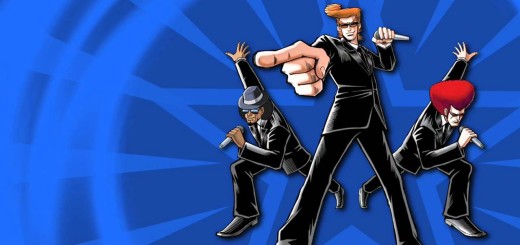
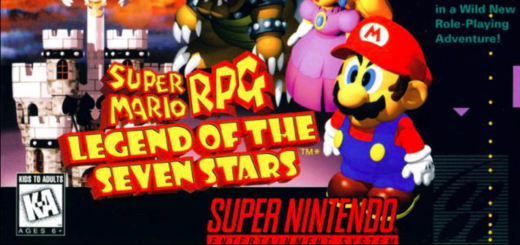
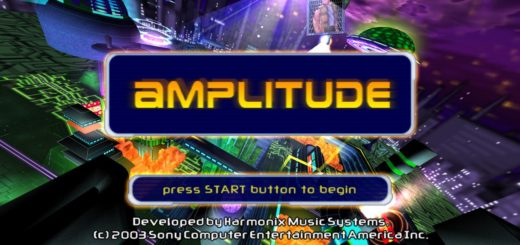
1 Response
[…] featured image came from xfdrmag.net while the two other images came from the Steam store page for Final Fantasy […]